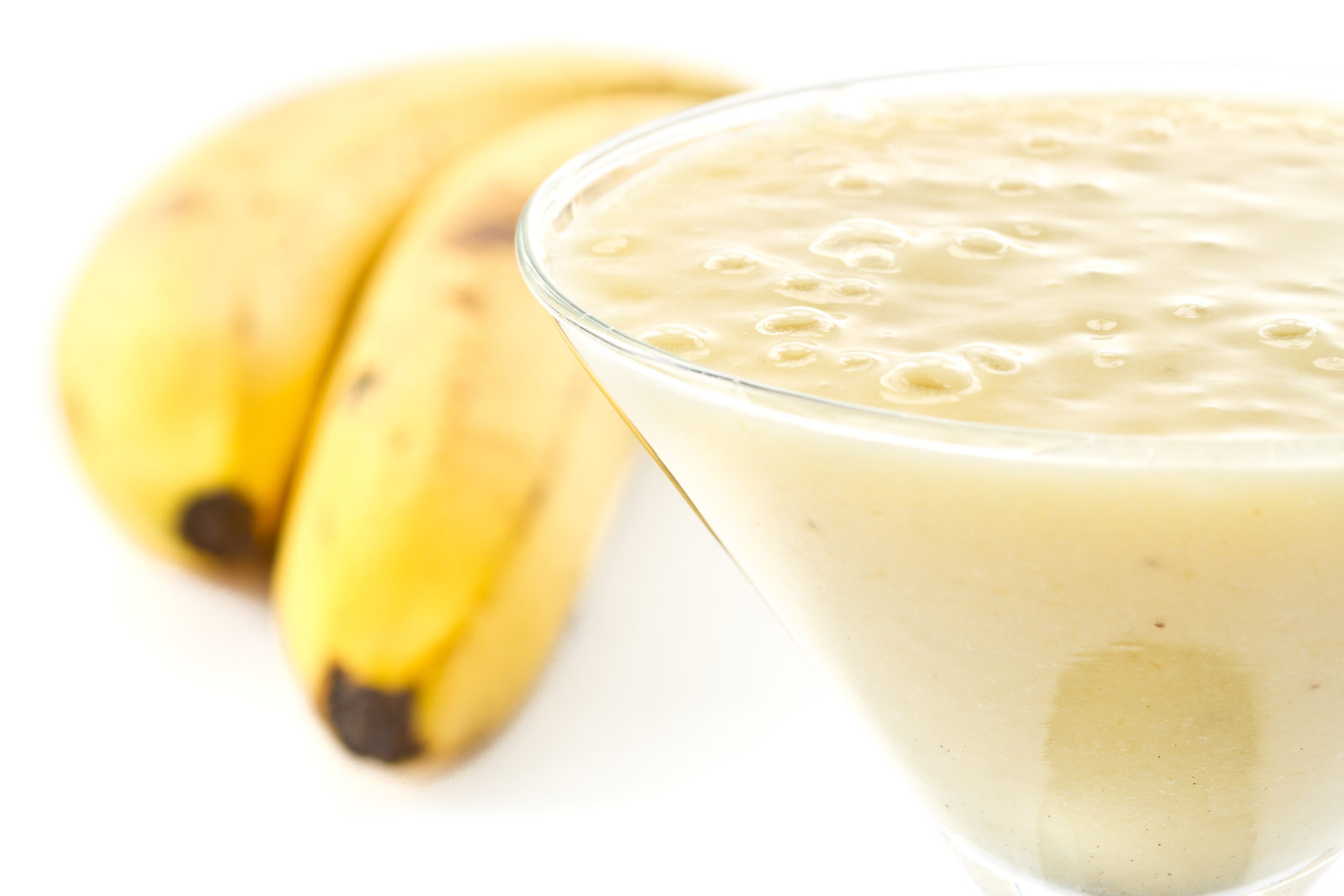Spoiled Food: Don’t Lose Money or Time

It’s estimated that most Americans waste about 40 percent of the food they buy. Meats, fruits, and veggies are the most common foods that get wasted because they are the most perishable. Imagine buying groceries and then throwing half of them away.
When you waste less food, you save money and time. Try these tips to cut down on waste:
- Think about your upcoming week when making a grocery list. Look through your fridge and cupboards to determine what you already have. Fill your grocery list with the things you will need to make meals from what you have on hand.
- Move older food to the front of the fridge so you see it. Try using sticky notes that read, “Eat me first.”
- Serve appropriate portions. Unless you are making a big recipe that you are going to portion out and freeze, use smaller pots and pans when you cook. And use smaller plates, bowls, and cups at the table. You’ll eat less, lose some weight, and save money.
- Another great technique is to recycle good ingredients into other meals. Make a stir fry once a week with the leftover veggies in the fridge. Add an egg or two and leftover rice or noodles, and you have a meal.
- Only one pear left? Cut it up and add to a salad or serve it with cheese for dessert. For apples a little past their prime, core them, fill the centers with brown sugar and raisins, and bake for 30 minutes for breakfast or dessert.
- Droopy carrots, cauliflower, or broccoli? Cut into pieces and roast them with a little olive oil.
- Make scrambled eggs or quiche to use up leftover meat and veggies.
- Use your freezer to keep foods from spoiling. Cut up and freeze ripe bananas for smoothies. Caramelize leftover onions and freeze or fry them with ground beef and freeze for tacos, spaghetti sauce, or pepper pot soup.
Banana Apple Smoothie
½ banana, peeled and cut into chunks
½ cup plain yogurt
½ cup applesauce or 1 chopped apple
¼ cup milk or rice milk
1 tablespoon honey
2 tablespoons oats or wheat bran
Place banana, yogurt, applesauce, milk, and honey in blender. Blend until smooth. Add bran and blend until thickened.
Nutritional Information:
Calories: 115, Carbohydrates: 18 grams, Protein: 6 grams, Dietary Fiber: 1 gram, Fat: 3 grams, Sodium: 14 milligrams
The information in this column is meant for people who want to keep their kidneys healthy and blood pressure down by following a low-sodium diet. In most cases, except for dialysis patients, a diet high in potassium is thought to help lower high blood pressure. These recipes are not intended for people on dialysis without the supervision of a registered dietitian.
 Contributor Katy G. Wilkens is a registered dietitian and department head at Northwest Kidney Centers. A recipient of the Susan Knapp Excellence in Education Award from the National Kidney Foundation Council on Renal Nutrition, she has a Master of Science degree in nutritional sciences from the University of Washington. See more recipes at www.nwkidney.org.
Contributor Katy G. Wilkens is a registered dietitian and department head at Northwest Kidney Centers. A recipient of the Susan Knapp Excellence in Education Award from the National Kidney Foundation Council on Renal Nutrition, she has a Master of Science degree in nutritional sciences from the University of Washington. See more recipes at www.nwkidney.org.
This article originally appeared in the August 2018 issue of AgeWise King County (click here).
![Aging & Disability Services for Seattle & King County [logo]](https://www.agingkingcounty.org/wp-content/themes/sads/images/seattle-ads-logo.png)